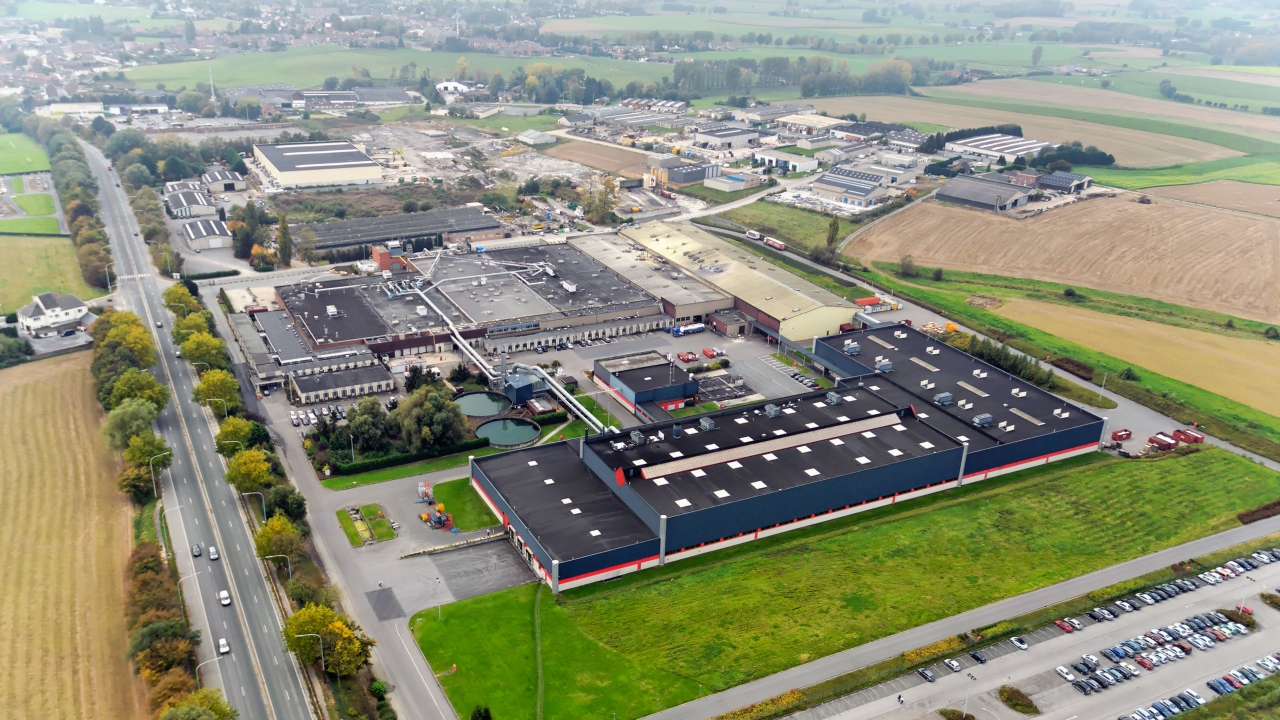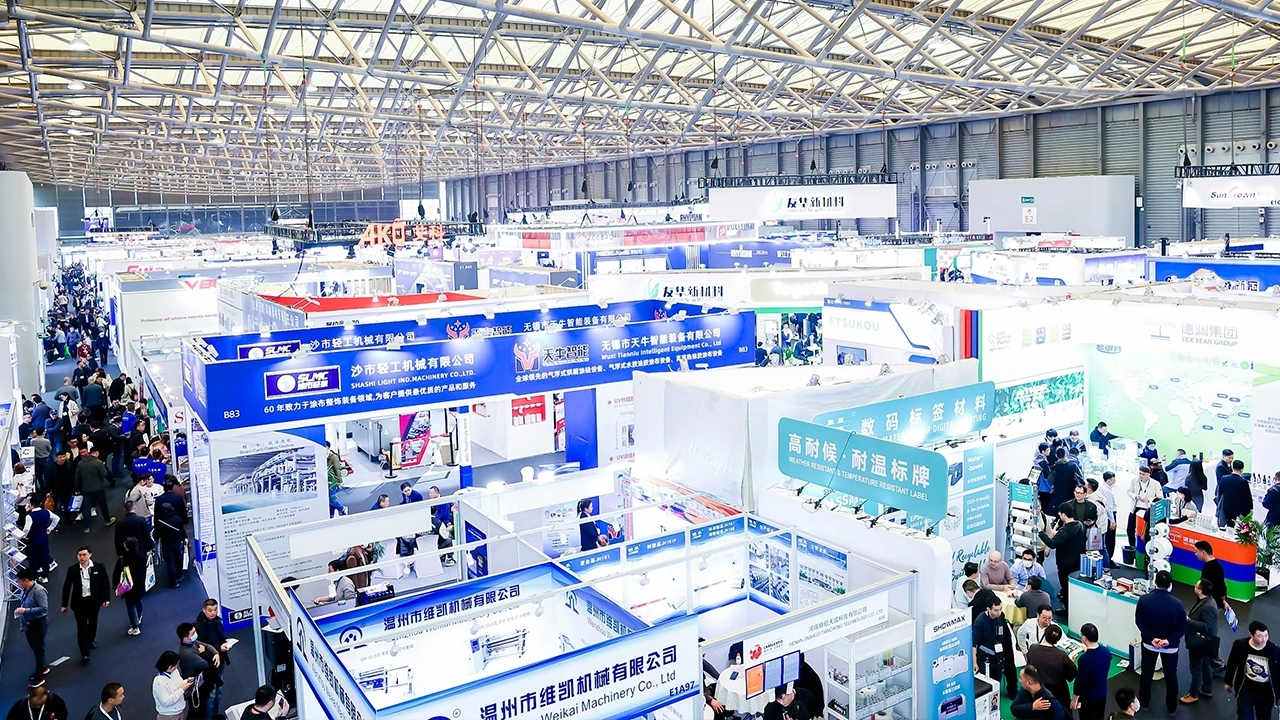An industry under change

Hardly a month seems to go by without the announcement of some new label industry acquisition, merger or joint venture appearing in the media, whether regionally, nationally or on a truly global basis. It’s almost taken as a sign of the times that such activity is taking place. Yet this is not a new phenomena. Mergers and acquisitions have been going on in the label industry for at least the last 50 or more years, albeit some of the reasons for it taking place having somewhat changed.
Look back at the history of the label industry and a great many of the 19th century and early 20th century label printing pioneer companies are no longer around. Some have gone out of business and disappeared altogether, some have been acquired and are now under a different name, others have merged or been absorbed into bigger groups. Change such as this happens in most industries over time, and often many of the key reasons are the same.
Sometimes the founders of a label business have no natural family members to carry on and therefore wish to sell-up on their retirement, maybe to another label company or group, perhaps to a packaging operation with complimentary business, or even through a management buyout to the existing management team. Each of these processes has been made to work, but they are not always successful.
An owner of a label business may have built his company’s success on personally knowing his customers and the market he serves. Take him out of the business through an acquisition and customers may decide to walk away, so it’s best to retain them in the business for several years to have a smooth transition to new owners. In the case of management buyouts, there are also pitfalls. Instead of one owner there may now be four, five or six joint owners. They all want to have their say and end up disagreeing, perhaps even selling on the business once more at a later stage.
Family-owned label companies can carry on successfully for many years or generations, but there are examples where after, say, three or more generations, there are now so many family shareholders that all the profit goes in salaries and dividends and not enough into investing for the future. There are undoubtedly many reasons for failure and for success.
What have probably changed in recent years are the key reasons for going through an acquisition or merger, and in the nature of the groups that are growing through acquisition, merger and new investment. Today, there are something like 25 label printing groups that between them have in the region of 10 percent of the world label market between them. That is quite a substantial change in a relatively short period of time.
These groups look to follow their major customers’ ‒ the big global brands ‒ into new emerging global markets in China, India, Latin America, Eastern Europe or Africa, consequently looking to acquire local label printers or establishing new start-up operations. The same challenges are facing the leading label industry suppliers of labelstocks, inks, presses, dies and ancillary technology.
Some of the main label groups are also investing in growing their market share in certain types or markets and sectors, for example, acquiring wine or spirits label producers worldwide, or dedicated to serving personal care or cosmetics brands globally. After all, it is probably the same key accounts. Others are building very specialized business to service the high-tech automotive, electronics, aeronautical and industrial label printing sectors where high investment and know-how is required ‒often out of reach of smaller converters. Yet others are looking to add complimentary label technologies to their portfolio. That is, to build facilities for wet-glue, self-adhesive, sleeve and in-mold within the one group.
Similarly, packaging groups have been increasingly investing in label companies, again to service the same customers that they supply packaging to. Sometimes they already have sleeving capabilities and wish to add self-adhesive.
It is probably easier to see patterns of acquisition or merger growth appearing today than it has ever been. It’s more focused, is being undertaken by even bigger groups, and is almost certainly starting to create a two level industry ‒ large groups and consortiums serving the global brands, and smaller niche, speciality and more localized companies serving the remainder.
It seems to be the middle-sized label companies and suppliers that are the most susceptible to acquisitions and mergers. They are often not big enough to compete with the big boys, and yet too big to compete successfully or profitably in the niche, speciality and localized markets.
Almost certainly, acquisitions and mergers will continue apace in the coming years, with the nature and structure of the label industry continuing to change. It will be interesting to see how it all evolves.
Stay up to date
Subscribe to the free Label News newsletter and receive the latest content every week. We'll never share your email address.


